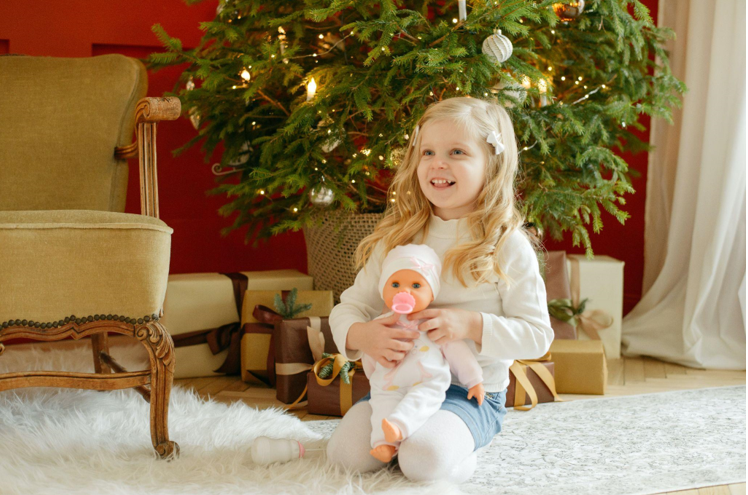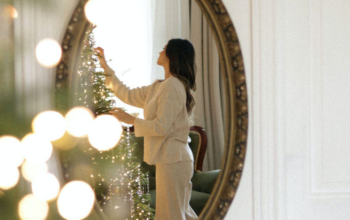The Angel and Devil of Christmas Trees: The Good and Evil of Artificial Ones
Artificial Christmas Trees: A Reflection of Society’s Preferences
Artificial Christmas trees reflect the changing trends and preferences in today’s society. They offer several benefits that make them an appealing alternative to natural trees. Firstly, they are easy to maintain and can last for several years. They don’t require constant watering or disposal after the holiday season – and this convenience saves money and time in the long term.
Secondly, artificial Christmas trees are often pre-lit, meaning that they come with built-in lights that add to the festive ambiance and eliminate the need for extra decorations. They are also available in various sizes, shapes, and colors, making it easy to match them with the house décor and personal style. These features provide versatility and flexibility that natural Christmas trees cannot offer.
However, some people criticize artificial Christmas trees for their synthetic nature. They argue that they need more charm and authenticity of real trees. For them, a real Christmas tree symbolizes tradition, family, and a sense of community – the warm and fuzzy feeling only a real tree can provide. They view artificial trees as a soulless representation of Christmas, lacking the pleasant scent and natural feel of real trees.
The Good and Evil of Artificial Christmas Trees
Artificial Christmas trees are controversial, dividing progrin synthetic and nature lovers. However, one can analyze both perspectives to determine that there is no pure good or pure evil in choosing one over the other: one’s choice of a Christmas tree depends on personal preferences, cultural backgrounds, and environmental impact.
From a religious perspective, some associate artificial trees with the devil. They argue that Christmas trees have roots in pagan traditions, where the evergreen trees were seen as symbols of eternal life during the winter solstice. The modern-day Christmas tree took its roots in Germany when Prince Albert introduced it to Britain in the mid-1800s, and it became a staple in homes worldwide. However, for some purists, only a real tree can represent the Christian holiday and the concept of life after death, as symbolized by the birth of Jesus Christ.
On the other hand, artificial Christmas trees can be viewed positively as expressing creativity and artistic flair. With the rise of DIY culture and Pinterest, the tradition of decorating a tree has become more than emulating commercial sources. It is now seen as an opportunity to showcase one’s personality and style, sometimes with angels, superheroes, and other childhood or symbolic objects.
More critically- artificial trees can be used in an ecologically sound way. Cutting down natural trees in vast numbers each year affects the environment, resulting in air pollution, deforestation, and habitat damage. Artificial trees can also be used for several years, reducing overall waste and providing a more sustainable option. In this way, artificial trees do not only signify personal preference but they also reflect the public’s awareness of environmental issues.
In conclusion, artificial Christmas trees continue to be a significant part of the holiday season, and their pros and cons must be weighed against personal preferences. While some may view them as symbols of the devil or lack the authenticity of natural trees, the reality is that they can still evoke feelings of warmth, festivity, creativity, and sustainability. Ultimately, the choice of Christmas tree is up to the individual and how one views the good and evil around them.




